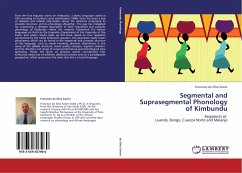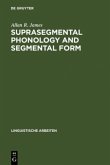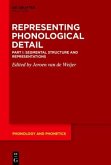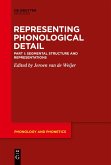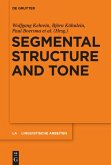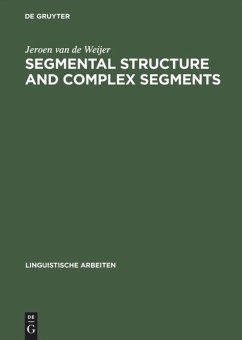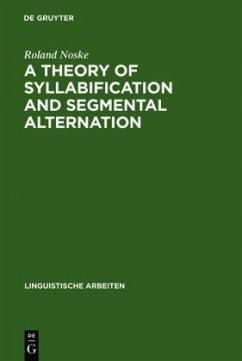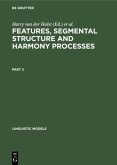From the first linguistic works on Kimbundu, a Bantu language coded as H20 according to Guthrie's zone classification (1948), there has been a lack of detailed and reliable information about the elements comprising its prosodic structure, and its phonology altogether. This gap has instigated my conducting a detailed description of both segmental and prosodic phonology of Kimbundu within the research framework for African languages set forth by the Linguistics Department of the University of São Paulo, and whose results make up this book. Based on four regiolects represented by five native Kimbundu speakers, this descriptive study covers phenomena which can be found in the segmental and prosodic structure of this language, such as vowel harmony, phonetic alternations in the setup of the syllable structure, vowel quality changes, segment deletion, and the direction and range of consonantal feature and phonological tone spreading. Finally, the study of prosodic sandhi corroborates that Kimbundu makes use of different distinctive pitches only on a paradigmatic perspective, which proves true the claim that this is a tonal language.
Bitte wählen Sie Ihr Anliegen aus.
Rechnungen
Retourenschein anfordern
Bestellstatus
Storno

